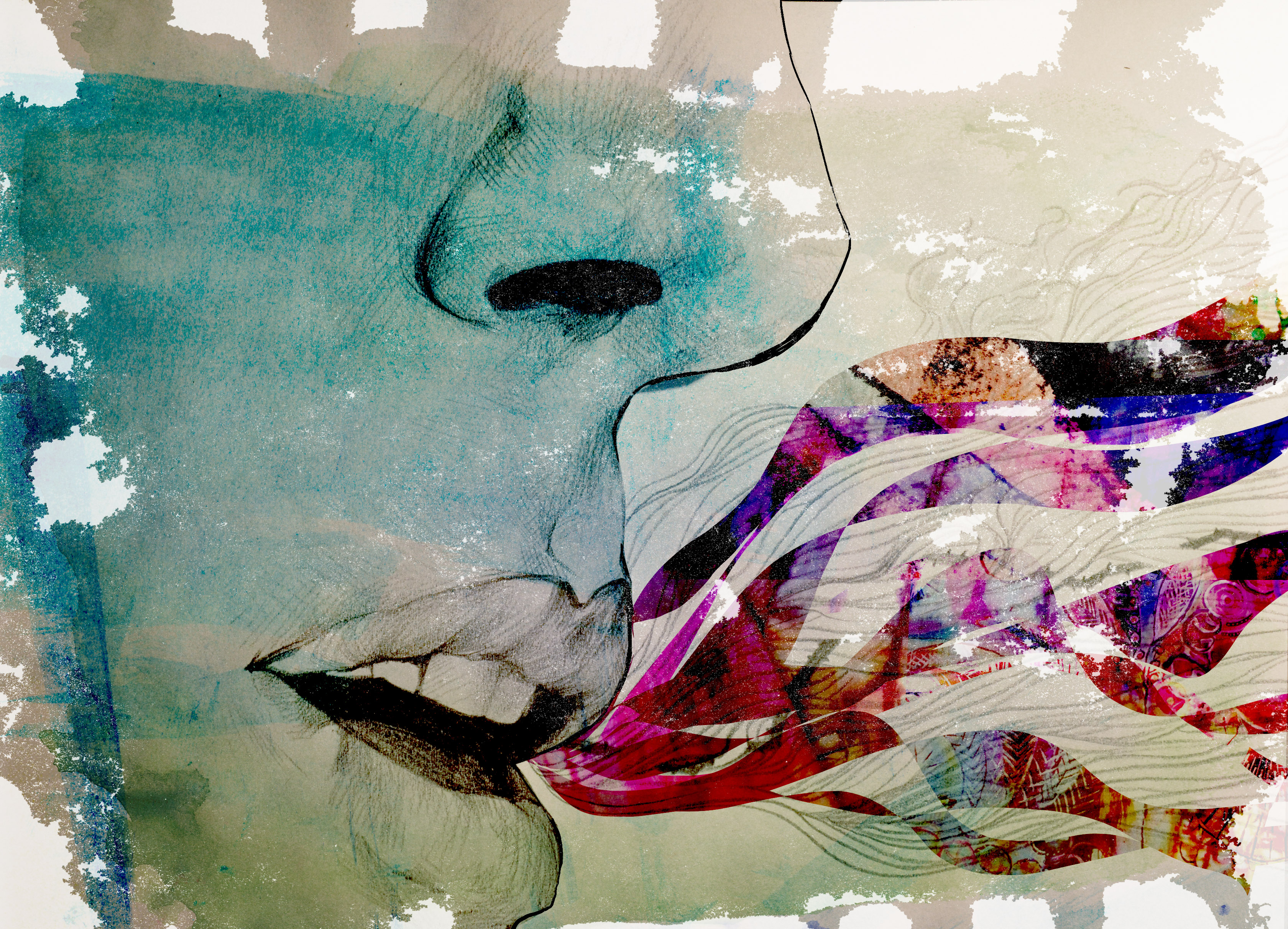Benjamin Britten’s twentieth-century neo-British masterpiece, a shortened version of Shakespeare’s A Midsummer Night’s Dream, opened Wednesday night to a packed house at the Schulich School of Music’s Pollack Hall. The audience applauded the artistic quality of the production, asserting in hushed whispers during the three-hour-long opera’s two intermissions that the costumes and makeup were superb, the sets were simplistic but brilliantly utilized, and the lighting was evocative. All of this is true, and while these aesthetic aspects were remarkably strong, the opera was marred by a distinct undertone of colonialism which stemmed from the production’s setting in British-ruled India before World War I. The setting itself is not the offending factor, but the way the characters were portrayed so stereotypically according to their ethnicity cast a long shadow on the artistic prowess of the performance.
This is not to say that the production did not have its stunning merits. There was no weak link in the cast, as the quality of singing and acting of every member was remarkable. Some vocal highlights included Collin Shay’s bright countertenor as the Fairy King Oberon, which was an excellent accompaniment to Chelsea Mahan’s proficiency of range in her role as the Fairy Queen, as well as Kevin Myers’ sheer volume and beautiful tone in the role of Lysander. Brent Callis performed the speaking role of Puck with panache, and the character’s monkey costume à-la-Broadway’s Lion King was a wonder to behold. The accompanying McGill Symphony Orchestra played at their best, with perfect tuning, balance, and sensitivity, under the masterful baton of guest conductor Andrew Bisantz. While it is true that the costumes and makeup were visually beautiful, the characterizations and artistic portrayals smacked of orientalist ideals.
It was apparent right from the beginning that cultural appropriation would be a tool of this production, as the Fairy King and Queen emerged in the first scene wearing what appeared to be traditional Indian cultural regalia. The costume choices are explained within the programme, in which director Patrick Hansen asserts that “it was an easy move from Fairies to Hindu-inspired gods and goddesses,” proving that little thought was given to the appropriation of this ethnic clothing style for the sake of art. Although assistant director Samantha Pickett insists that “there was extensive research done on the look of the fairies” to ensure authenticity, it seems as though certain aspects were heightened for aesthetic effect with ornate, shimmering makeup, and revealing midriffs. This offense, however, pales in comparison to the portrayal of the silent Changeling Child, who was abducted from India in Shakespeare’s original text, and emerges on set wearing dark blue body paint that is clearly suggestive of the blackface tradition (an aesthetic that the artistic team denies was intentional, but that is clearly present). Is it a coincidence that the only character who cannot speak for himself, and who is treated as a ‘creature’ to be owned by the Fairy King and Queen, appears the darkest?
Conversely, the famed ‘lovers’ of the story (Hermia, Helena, Demetrius, and Lysander) are portrayed as British colonialists, and they are the only white characters in the production. Since they are the only characters whose storylines revolve around the search for ‘true love,’ this reiterates the notion that only white people are objects of desire, in comparison to the people of colour portrayed within the production, who are either non-humans or comic, fetishized characters. Although the production was artistically a triumph for McGill Opera, the case remains that it sadly comes across as a love letter to the colonialist ideals that have caused such pain and suffering within Indian society.

